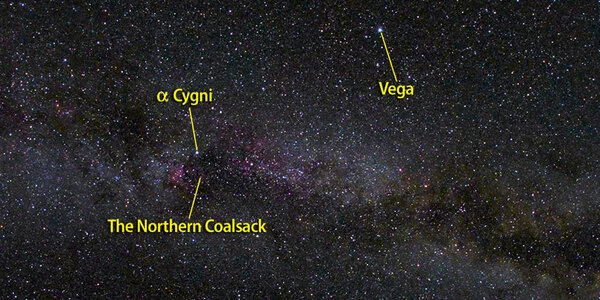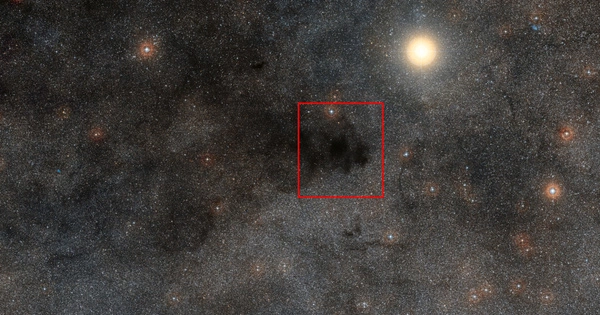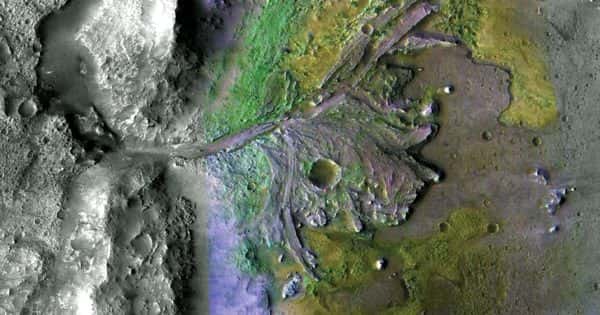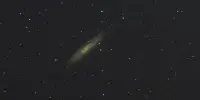The Coalsack Nebula is a large dark nebula located in the southern hemisphere, in the constellation Crux. It is visible to the naked eye as a dark patch in the night sky, and is one of the most prominent dark nebulae in the Milky Way. It is also a popular target for amateur astronomers and has been studied by professional astronomers to learn more about the formation and evolution of stars and planetary systems.
It is one of the most prominent dark nebulae in the night sky and is visible to the naked eye as a dark patch. The nebula is made up of dense clouds of gas and dust that block the light from the stars behind it, giving it its dark appearance. It is also a site of active star formation, with many young stars and protostars found within its boundaries. The Coalsack Nebula is located about 600 light-years away from Earth.
It is one of the most prominent and well-known dark nebulae in the sky, and is easily visible to the naked eye. The Coalsack is a dense cloud of dust and gas, which blocks the light from the stars behind it, creating the dark appearance. The nebula is about 600 light-years away from Earth and is thought to have formed from the same material that formed the nearby stars. The Coalsack is a popular target for amateur and professional astronomers, and has been studied extensively in various wavelength ranges, including infrared and radio.

It is a prominent dark nebula in the sky, easily visible to the naked eye as a dark patch obscuring a brief section of Milky Way stars as they cross their southernmost region of the sky, east of Acrux (Alpha Crucis), the bright, southern pointer star of the southern cross. It dominates and overflows the southeast corner of what is considered the extent of the constellation Crux at a little less than twice the distance of Acrux, 180 parsecs (590 ly) away from Earth.
The Coalsack Nebula is nearly 7° by 5° in size and partially overlaps with the neighboring constellations Centaurus and Musca. Vicente Yáez Pinzón made the first observation in 1499. Amerigo Vespucci named it “il Canopo fosco” (the Dark Canopus), and it was also known as “Macula Magellani” (Magellan’s Spot) or “Black Magellanic Cloud” in contrast to the Magellanic Clouds. The Coalsack is missing from most of today’s standard Milky Way catalogs, such as the New General Catalogue, and its only mainstream identification number is C99 in the somewhat specialized Caldwell catalog.
















